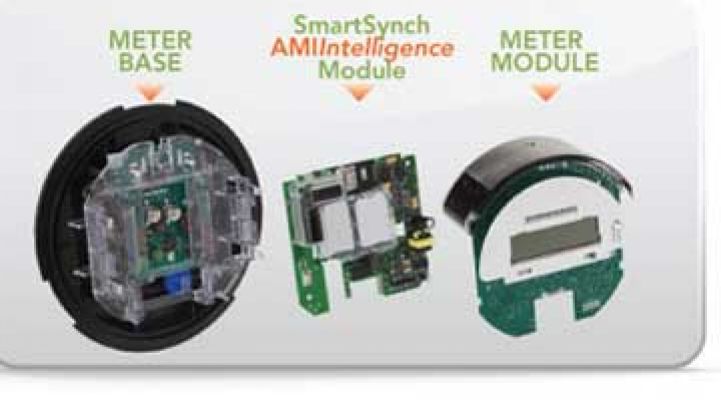There have been bold predictions about the role of cellular communications in smart grid. But there has yet to be a definitive example where public carriers were chosen as the communications network over radio mesh, point-to-point or PLC for large smart meter deployments in the U.S.
Until now.
SmartSynch, certainly the noisiest champion of cellular, is feeling vindicated in its claims with the announcement that it has been selected to provide the communications network for Consumers Energy's rollout of 1.8 million smart meters starting in August 2012.
“At the end of the day, building a smart grid over a cellular-based platform was best for Consumers Energy,” said Stephen Johnston, CEO of SmartSynch.
All of the major carriers bid on the project, said Johnston, although the announcement about the winner will not be made for a few weeks. The primary project is installing the nearly two million meters across Consumers’ 32,000-square-mile service territory in Michigan. The meters will be deployed over seven years.
Other applications, like distribution automation and electric vehicle integration, are being planned but are not yet finalized. Cellular is being considered for future applications. Consumers Energy is also evaluating putting the communications modules on about 600,000 gas meters in its service area.
“The reason cellular was the best option in their view was that the cellular network will constantly get better,” said Johnston. That sentiment is also echoed by some other utilities, such as Duke Energy, which is using cellular and a mix of other technologies to deliver its end-to-end smart grid plan.
While SmartSynch has been banging pots and sounding trumpets for the past few years, and has been in business for 11 years using cellular, it has only been recently that other entities, including the carriers themselves, have made public declarations about their intentions to play in the smart grid market.
Cellular has always had a place at the table, primarily as a backhaul network for utility communications. But now carriers have dropped prices and are willing to play ball to get a larger piece of the action. The carriers are interested not just in the huge utility deployments, but in being the provider for networking for all sorts of energy devices. At GridWeek, Sprint announced that the Proliphix IMT-550 thermostat would now be available with Sprint’s wireless connectivity.
Qualcomm is also pushing harder for cellular adoption in smart grid. During a recent webinar, Julian Durand, Staff Manager of Product Management for Qualcomm’s CDMA technologies division, argued that the security of cellular was unsurpassed.
“We see the cellular network as a very secure network and that’s certainly one of the drivers for us,” said Maureen Trumble, Smart Grid Program Director at Consumers Energy. Trumble also noted that SmartSynch’s solution was a good strategic fit not just for a meter deployment, but also for other smart grid functionality down the line. Trumble also said that not only was cellular was a good fit for the mix of urban and rural areas in their territory, but that unlike with mesh, Consumers Energy won’t have to build out the entire network before putting in a single meter.
While some utilities file meter plans as a separate rate case, Consumers Energy included their meters with their regular rate case. Operational benefits and customer-facing programs, like demand response programs, were both included.
Consumers Energy has also been learning from other utilities steps -- and missteps. The utility will provide a web portal ahead of its meter rollout with monthly data, and then offer more detailed feedback once the meters are in place. “We’re very excited about the program and the value it will offer for our customers,” said Trumble. “I think our timing is perfect."
Financial details of the contract were not disclosed.



